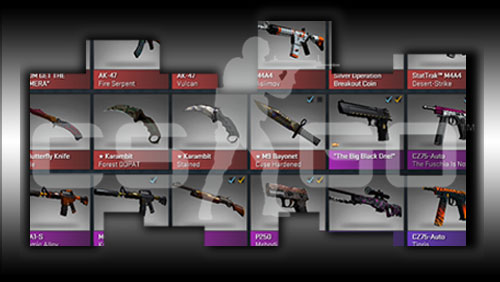The post originally appears on http://www.gamblingandthelaw.com/ and we republished with permission.
At its most exciting, eSports is an arena bursting with screaming fans, watching, and betting, as teams compete in video war games projected on giant screens. Fans place their bets, legal or illegal, with their cell phones. Some bet various forms of eCash. But most wagers are skins.
Skins started as prizes that video war game players could win to change the appearance of their virtual weapons. Since the prizes did not make the weapons more powerful – the changes were only electronically skin deep – they gained the name “skins.” Skins are any virtual items players can earn by playing video games.
One of the most popular eSports games is Valve Corporation’s Counter-strike: Global Offensive® (“CS:GO”). CS:GO awards skins through play and promotions, including in-game. Valve allows players to transfer these skins. More importantly, Valve created Steam. Steam allows operators of independent, secondary markets to buy and sell these virtual prizes for real money. Without Valve’s cooperation in accepting that a transfer of a skin has taken place, there could be no secondary markets. The skins, after all, only exist in Valve’s computers.
